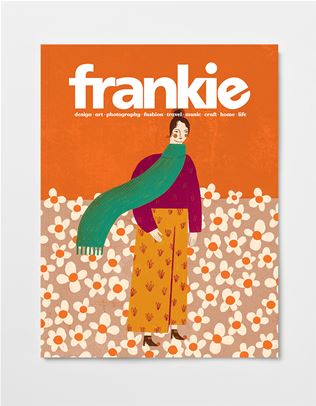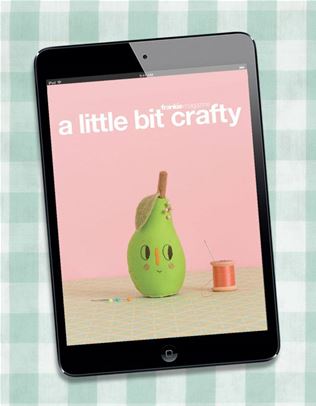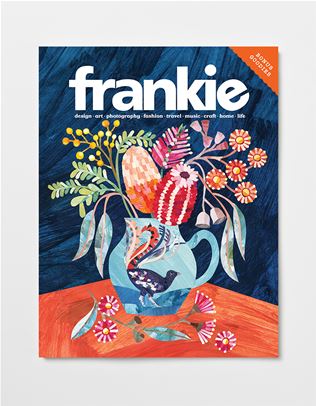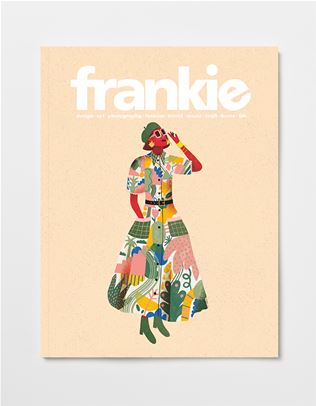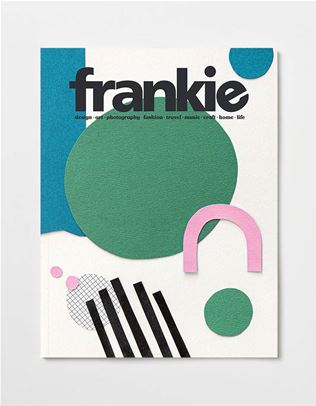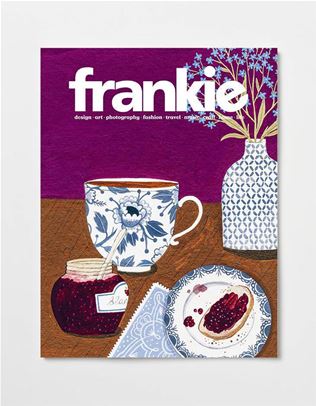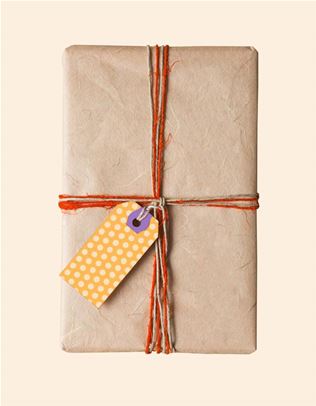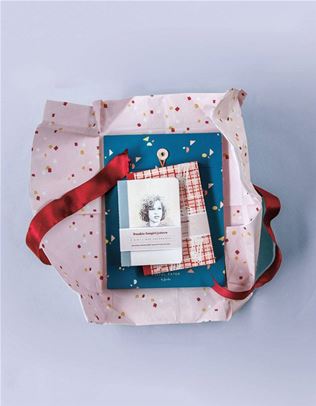‘the carpet project’ connects an australian artist with women in afghanistan
A fateful trip to Afghanistan in the ‘70s saw the country burrow a place into Alexandra Copeland’s heart. The artist from Melbourne/Naarm is revisiting that connection in her latest exhibition, The Carpet Project – a collection of handwoven carpet textiles designed by Alexandra and crafted by women in Afghanistan. For just one month from October 2nd, these beautiful carpets will be on display at MARS Gallery in Melbourne. Below, we chat to Alexandra about the journey these textiles have taken, from Australia to Afghanistan and back again.
Tell us a bit about your connection to Afghanistan. I first visited Afghanistan in 1972 while travelling overland, returning to Australia from Europe. I fell in love with the wild scenery and the gentle people of Afghanistan. I’ve stood on the head of the Buddha at Bamiyan, and travelled through villages and towns that were in some ways medieval. In 1972, Afghanistan was a peaceful country with a king. I’ve continued my relationship with the country through revolution, invasion and civil war. I have supported my career as an artist by dealing in tribal arts, textiles and tribal carpets.
What spurred you to start The Carpet Project? The Taliban first took over Afghanistan in the late 1990s. The resulting civil war caused many Afghans to take refuge over the border near Peshawar in Pakistan. I met up with an old Afghan trading friend in Peshawar, Haji Nabi Azimi, and he asked if I could design carpets for weavers who had been displaced. I received my first carpets in 2003, but the project has been continually disrupted with civil war and the weavers being forced to return home. Afghanistan 1983, with my baby son / Snap courtesy of MARS Gallery and Alexandra Copeland.
Afghanistan 1983, with my baby son / Snap courtesy of MARS Gallery and Alexandra Copeland.
Life is severely restricted for women in Afghanistan. How has this project been able to persist despite Taliban rule? The weavers who I am now working with are traditional weavers working in the north of Afghanistan in their own homes. There is no restriction on the women doing weaving, but they have the restrictions all Afghan women now face regarding leaving the home and public behavior. The difficulty for me now is that I need to rely on middlemen – always men – to do everything from getting my designs to the weavers, organising the supply and dying of the wool to actually getting the carpets to Australia. There is a lot of goodwill towards me and the weavers, and it all miraculously works.
Tell us about the inspiration for the designs on the handwoven carpet textiles. I try to use design motifs that the weavers will be familiar with in their own lives – grapevines, pomegranates, rosehips. My “Tree of Knowledge” design is based on a theme often used in traditional prayer rugs.
Who are the weavers that have brought these carpets to life? This is best answered by an Afghan, Faridoon Azmi, who is now assisting with the project. He is the grandson of Haji Nabi Azimi. He writes, “I hope this message finds you well. I wanted to take a moment to share with you the heartfelt process behind the weaving of your carpets, as I believe it is important to understand the dedication and resilience of the women who create them.
"Our carpets are crafted by hardworking women aged between 40 to 50 years old, who devote their time and skill to this art. They work from their homes in the open air, facing numerous challenges, especially during the cold weather. Many of these talented artisans reside in Imam Sahib, a village in Kunduz, and we distribute to over 120 households in this area and the surrounding regions, including Mazar Sharif villages – which is about 200 kilometres away from the city centre.
"Unfortunately, there are no industries in their vicinity, and they often struggle with the harsh conditions. Some of them bring their weaving frames indoors to sleep next to them, trying to find warmth and comfort. They have expressed their desire for more durable steel frames, but the cost is prohibitive at this time.” A business lunch in Afghanistan with Haji Nabi and my son Rafiq, 1986 / Snap courtesy of MARS Gallery and Alexandra Copeland.
A business lunch in Afghanistan with Haji Nabi and my son Rafiq, 1986 / Snap courtesy of MARS Gallery and Alexandra Copeland.
What kinds of methods did the weavers use? The weavers work on primitive horizontal looms. My first carpets were flatweaves, using a weaving technique similar to tapestry. Now, my carpets are hand knotted pile carpets using the method traditional to Central Asia. They work from a copy of my design that is smaller than the final carpet. The sizes of the looms vary and the weavers often need to make minor variations to my design to fit. I find it pleasing that they are involved with the carpets enough to make their own contribution while managing to be true to my design. Each carpet can take several months to weave.
What do you hope viewers take away from The Carpet Project exhibition? It is easy to lose sight of the real people behind the news headlines. I hope that viewers of the carpets in Melbourne will to be able to make a link between themselves and the highly skilled women who continue working in their rich tradition.
The Carpet Project by Alexandra Copeland is on at MARS Gallery from October 2nd to November 1st in Melbourne.






_(11)_(1).png&q=80&h=682&w=863&c=1&s=1)
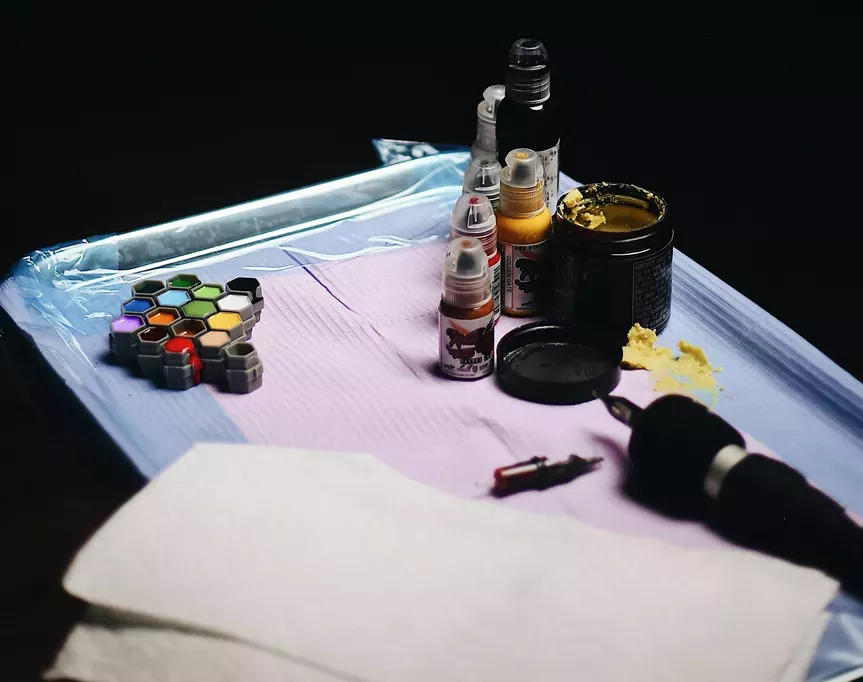


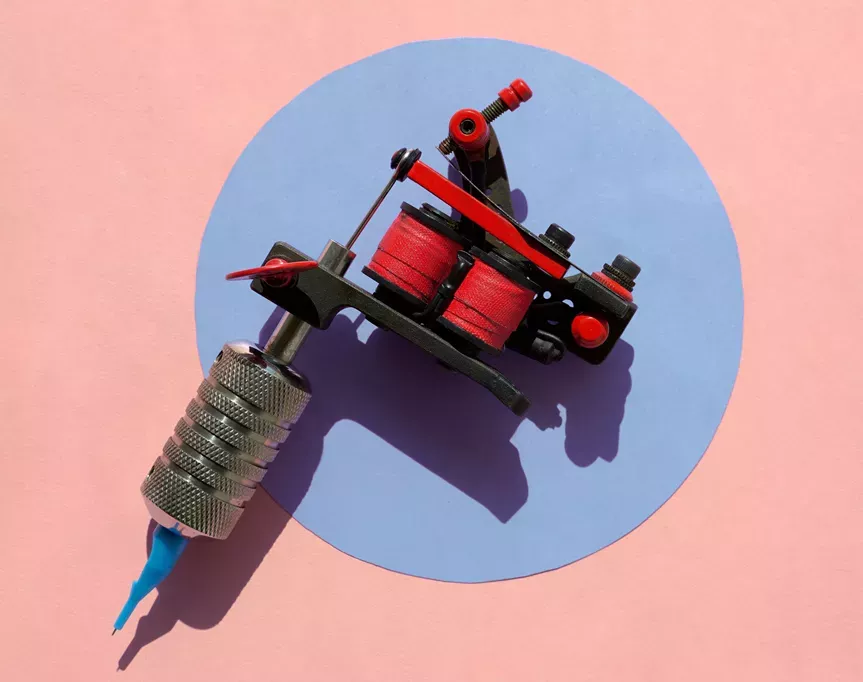
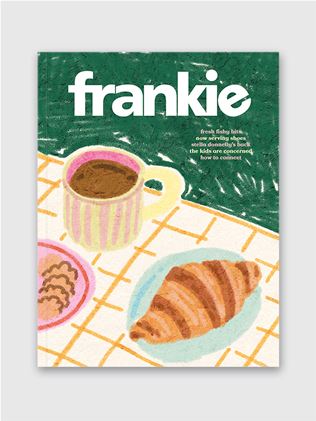
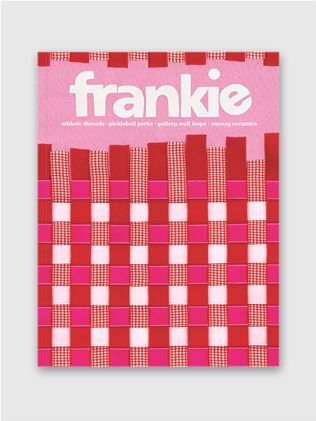
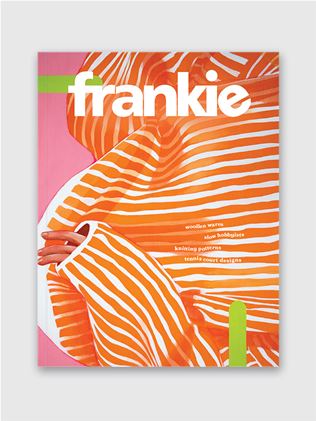
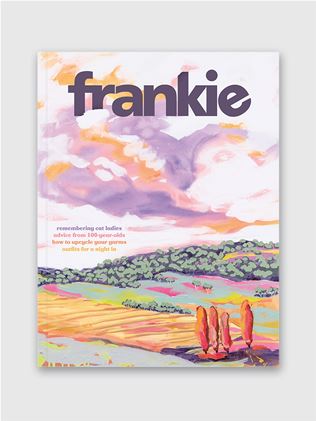
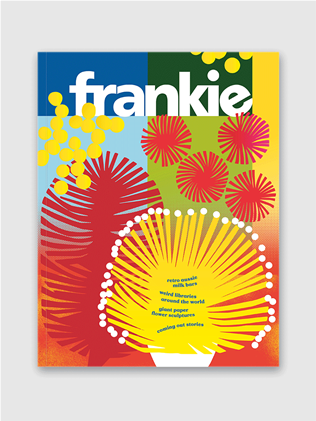
.jpg&q=80&w=316&c=1&s=1)
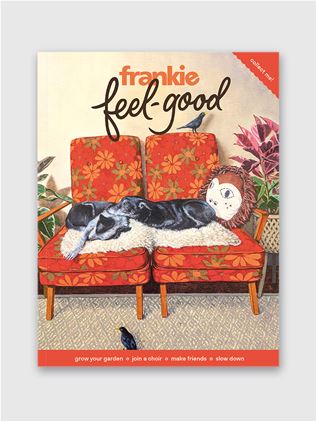
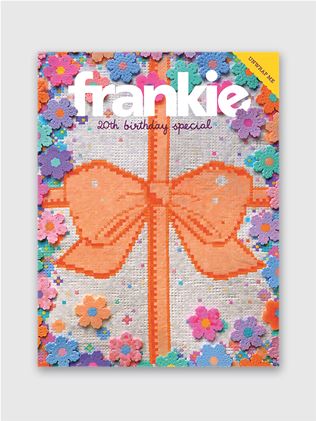
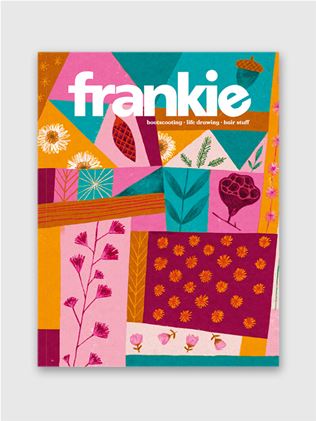
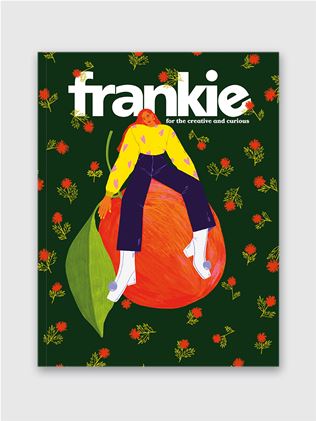
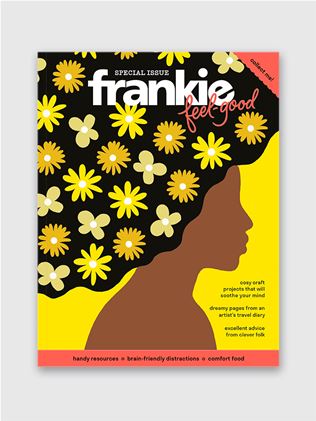
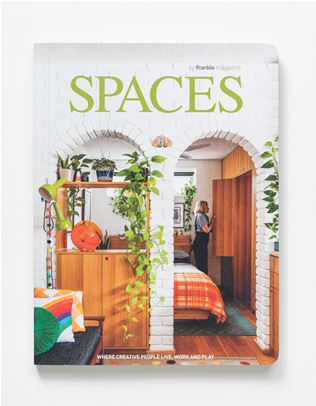
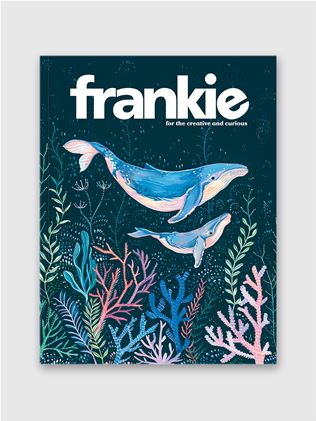
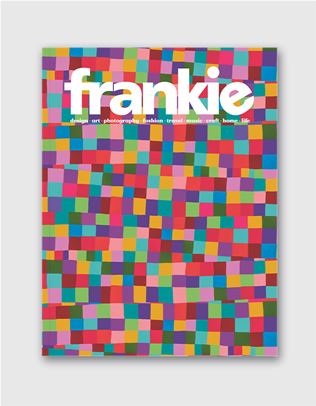
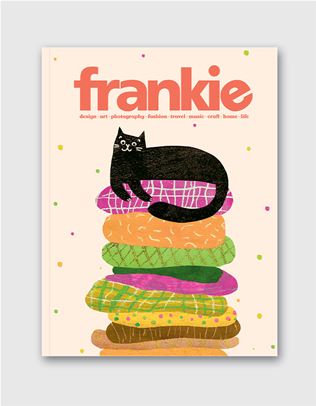
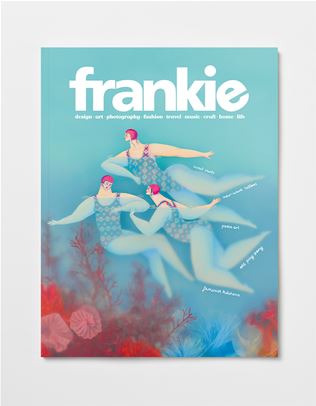
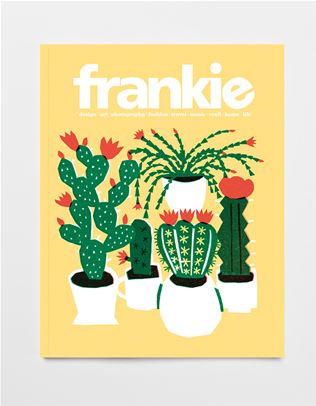
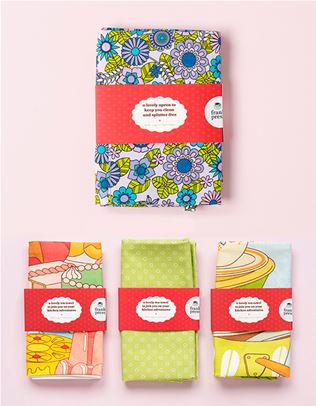
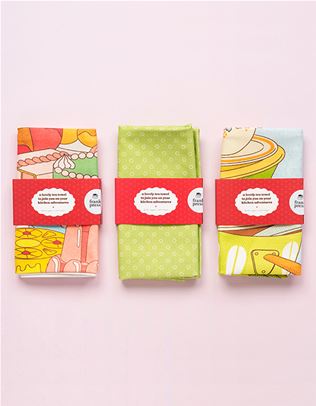
.jpg&q=80&w=316&c=1&s=1)
